Description
The Longnose Butterfly (Flavissimus), scientifically known as Forcipiger flavissimus, is a captivating marine fish characterized by its elongated snout. It can reach a maximum size of approximately 8 inches (20 cm) in length. The body features a vibrant yellow colouration with black stripes on its face. Its long, pointed mouth gives it a distinct appearance.
Natural Habitat:
In their natural habitat, Longnose Butterfly (Flavissimus) inhabit coral reefs and rocky areas with abundant coral growth. They are commonly found in the Indo-Pacific region, including the Red Sea, East Africa, and the Hawaiian Islands. They prefer areas with moderate water flow and ample hiding spots among the corals and rocky formations.
Keeping Longnose Butterfly Healthy:
The care level for Longnose Butterfly is considered moderate, requiring specific conditions to ensure their well-being. They need a spacious aquarium with plenty of swimming space and hiding spots. Maintaining stable water parameters, including a temperature range of 75°F to 82°F (24°C to 28°C) and a pH range of 8.1 to 8.4, is crucial. It is important to provide a balanced diet consisting of a variety of live and frozen foods such as brine shrimp, mysis shrimp, and finely chopped seafood.
Special Requirements and Feeding:
Longnose Butterfly have a high metabolism and require frequent feedings throughout the day. They thrive on a diverse diet rich in protein. It is recommended to offer a combination of live, frozen, and prepared foods to ensure optimal nutrition. Additionally, providing suitable hiding places and live rock formations in the aquarium mimics their natural habitat, providing them with a sense of security.
How Many Should I Keep:
Longnose Butterfly (Flavissimus) are best kept singly or in mated pairs due to their territorial nature. It is not advisable to keep multiple individuals of the same species in a small aquarium, as it can lead to aggressive behaviour and conflicts.
Lighting Preference:
Longnose Butterfly do not have specific lighting preferences and can adapt to a range of lighting conditions. However, providing moderate to high lighting levels mimics their natural habitat and enhances their vibrant colours.
Suitable Tank Mates:
Longnose Butterfly can coexist with other peaceful species in a well-planned community aquarium. Compatible tank mates include other peaceful butterflyfish, tangs, angelfish, and other non-aggressive reef fish. Care should be taken to avoid keeping them with smaller, fin-nipping species or overly aggressive tank mates.
Reproduction in the Wild:
In the wild, Longnose Butterfly engage in courtship rituals before spawning. Male fish establish territories and court females through elaborate displays, including fin flaring and swimming patterns. After successful courtship, the female releases eggs into the water column, where they are fertilized by the male. The eggs then float and hatch into larvae, which undergo a pelagic phase before settling on the reef as juveniles.
Breeding Forcipiger flavissimus:
Breeding Longnose Butterfly (Flavissimus) in captivity is rare and challenging. It requires dedicated efforts and specialized facilities. Successful captive breeding involves replicating their natural spawning conditions, including providing suitable hiding places, precise water parameters, and carefully controlled lighting. Hormone injections or specialized diets may be used to induce spawning; however, these methods are typically limited to professional breeding facilities.
Sexual Dimorphism:
Longnose Butterfly do not display significant sexual dimorphism, making it difficult to visually differentiate between males and females. Both sexes exhibit similar coloration and body structure.
Distribution:
The Longnose Butterfly is naturally distributed throughout the Indo-Pacific region, including the Red Sea,
Summary:
The Longnose Butterfly, Forcipiger flavissimus, is a captivating marine fish known for its elongated snout and vibrant yellow colouration. With a maximum size of around 8 inches (20 cm), it adds elegance to any aquarium. These fish are commonly found in coral reefs and rocky areas in the Indo-Pacific region, including the Red Sea and Hawaiian Islands. Keeping Longnose Butterfly healthy requires moderate care and specific conditions. They need a spacious aquarium with stable water parameters, a varied diet. They can coexist with peaceful tank mates like tangs, angelfish, and other non-aggressive reef fish. In the wild, Longnose Butterfly engage in courtship rituals before spawning. Captive breeding is challenging, with limited success. It difficult to visually distinguish between males and females.
Overall, the Longnose Butterfly is a stunning addition to a well-maintained marine aquarium, but it requires attention to detail and appropriate conditions to thrive in captivity.
The Fish pictured here are representative only and the livestock you receive may vary in pattern, coloration, and shape.

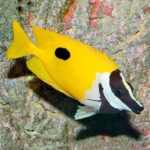
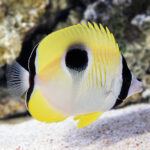

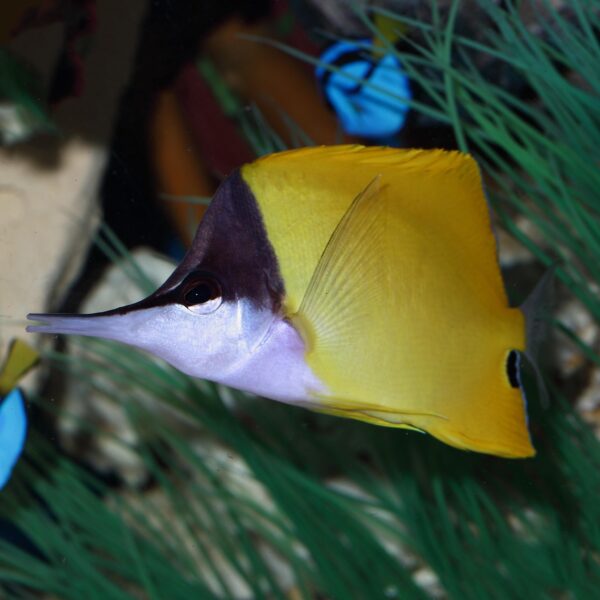

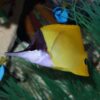



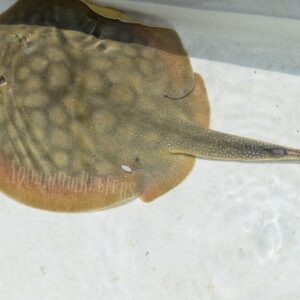

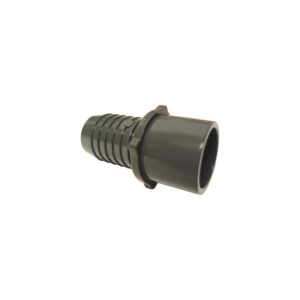 3/4" Barb Slip
3/4" Barb Slip  Coral Feeder 13.80"
Coral Feeder 13.80"  UltraPlanktos-Z CWM 500ml - Brightwell Aquatics
UltraPlanktos-Z CWM 500ml - Brightwell Aquatics  GRO Refugium Light with Flat Tank Mount Bracket - APEX Neptune Systems
GRO Refugium Light with Flat Tank Mount Bracket - APEX Neptune Systems  Selcon Concentrate (2 oz / 60 ml)
Selcon Concentrate (2 oz / 60 ml)  49pcs Ceramic Bio / Bacteria House Media Bakki Shower H-1
49pcs Ceramic Bio / Bacteria House Media Bakki Shower H-1  Sunset Parvirostris Anthias
Sunset Parvirostris Anthias 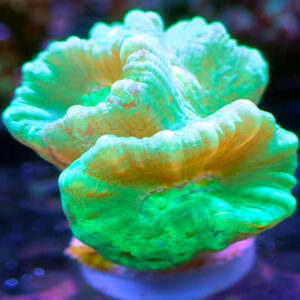 Green Candy Cane F2
Green Candy Cane F2  QUICK START 8oz - API
QUICK START 8oz - API 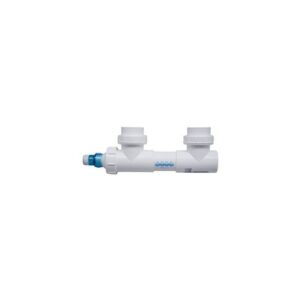 Classic 15 Watt White Color 2" Inlet/Outlet
Classic 15 Watt White Color 2" Inlet/Outlet  Achilles Hybrid Tang
Achilles Hybrid Tang  Reno WiFi 48" (44"- 48") LED Aquarium Light w/ Phone App
Reno WiFi 48" (44"- 48") LED Aquarium Light w/ Phone App  Bubble Magus NO3 De-Nitrate Reactor N150AT
Bubble Magus NO3 De-Nitrate Reactor N150AT 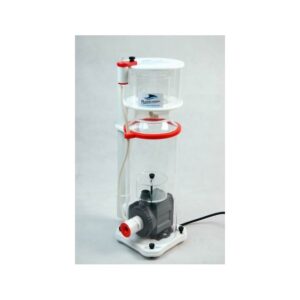 Bubble Magus Protein Skimmer C6 (Formerly Nac6)
Bubble Magus Protein Skimmer C6 (Formerly Nac6)  Reno LED 36" (35"-39") Light Fixture
Reno LED 36" (35"-39") Light Fixture  Pulcherrimus Anthias
Pulcherrimus Anthias  ReefBlizzard-ZC Freeze Dried Rotifier 5G Brightwell Aquatics
ReefBlizzard-ZC Freeze Dried Rotifier 5G Brightwell Aquatics  API Melafix Marine Aquarium 16oz
API Melafix Marine Aquarium 16oz 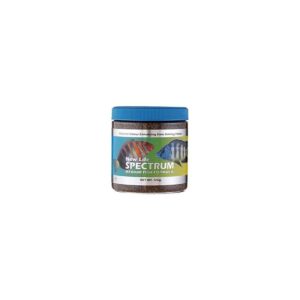 Medium Fish Formula 150g - 2mm Sinking/salt/Fresh New Life Spectrum
Medium Fish Formula 150g - 2mm Sinking/salt/Fresh New Life Spectrum  Bubble Magus Media Reactor MF-100M, Medium
Bubble Magus Media Reactor MF-100M, Medium  JULIAN'S THING MULTI-USE TOOL - Two Little Fishies
JULIAN'S THING MULTI-USE TOOL - Two Little Fishies 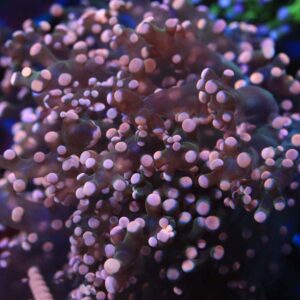 Pink Tip Branching Frogspawn F5
Pink Tip Branching Frogspawn F5 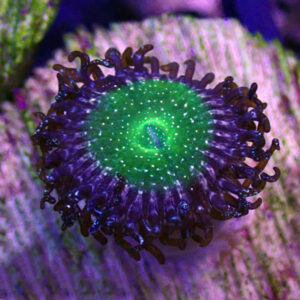 Granny Apples Zoanthid F2
Granny Apples Zoanthid F2  API Stress Coat + 64oz Pond Version
API Stress Coat + 64oz Pond Version  8 Watt UV Lamp
8 Watt UV Lamp 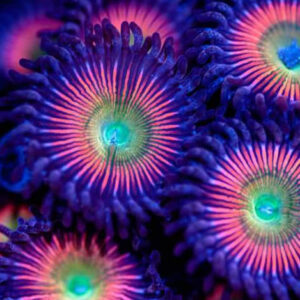 Red Rainbow Zoanthid F2
Red Rainbow Zoanthid F2  API Stress Coat + 16oz ( pond version )
API Stress Coat + 16oz ( pond version )  Thrive 1 Magnesium 20.3oz Refill
Thrive 1 Magnesium 20.3oz Refill 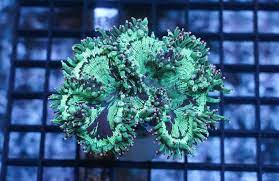 Pink or Purple Tip Elegance F6
Pink or Purple Tip Elegance F6  ReefBlizzard-XC Powder Xtreme 40G Brightwell Aquatics
ReefBlizzard-XC Powder Xtreme 40G Brightwell Aquatics  QUICK START 16oz - API
QUICK START 16oz - API  CORAL POWER AMINO 100ml - CORAL ESSENTIALS
CORAL POWER AMINO 100ml - CORAL ESSENTIALS  NITRATE PRO SW TEST KIT RED SEA
NITRATE PRO SW TEST KIT RED SEA  BioPronto Marine 500ml - Two Little Fishies
BioPronto Marine 500ml - Two Little Fishies 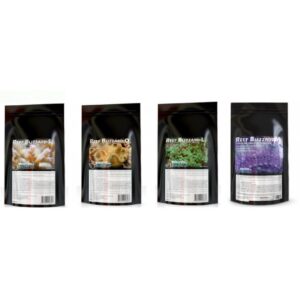 Brightwell Aquatics Reef Blizzard-S 50G
Brightwell Aquatics Reef Blizzard-S 50G
Reviews
There are no reviews yet.